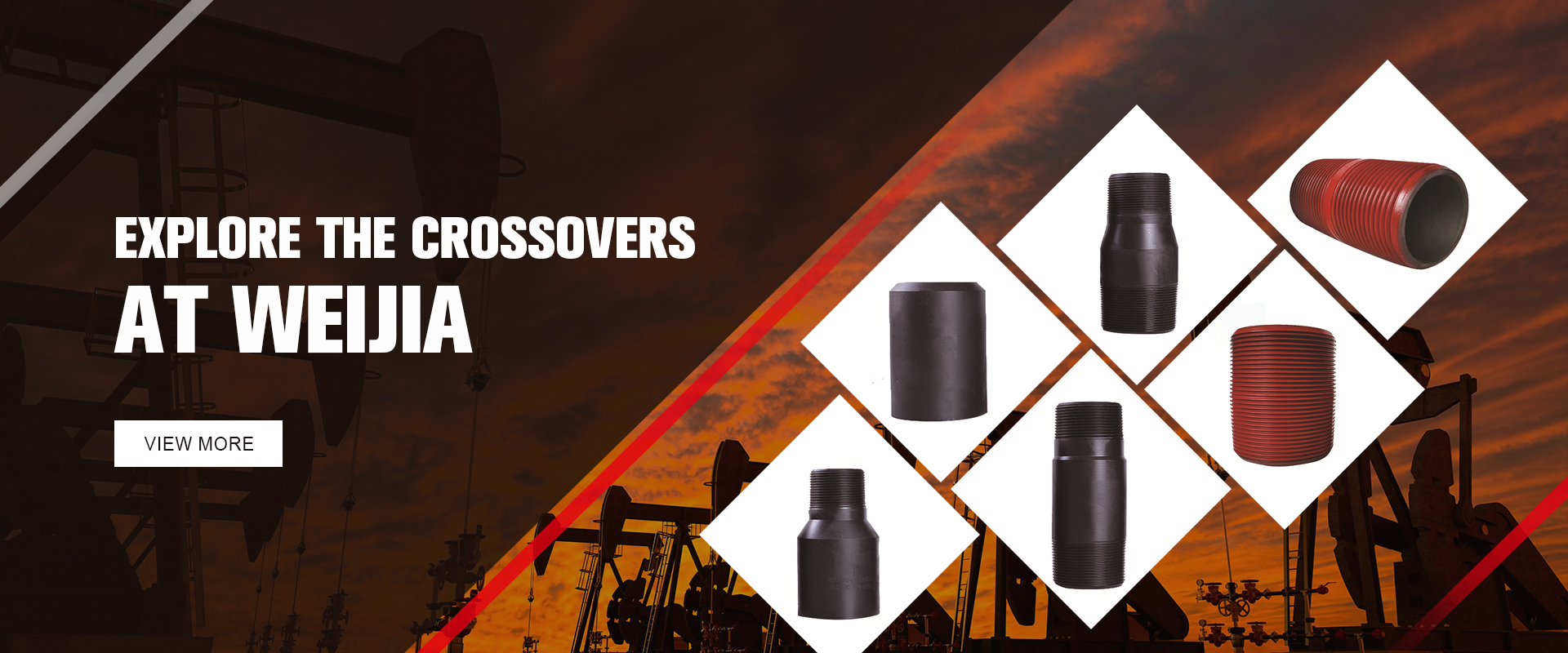- Afrikaans
- Albanian
- Amharic
- Arabic
- Armenian
- Azerbaijani
- Basque
- Belarusian
- Bengali
- Bosnian
- Bulgarian
- Catalan
- Cebuano
- Corsican
- Croatian
- Czech
- Danish
- Dutch
- English
- Esperanto
- Estonian
- Finnish
- French
- Frisian
- Galician
- Georgian
- German
- Greek
- Gujarati
- Haitian Creole
- hausa
- hawaiian
- Hebrew
- Hindi
- Miao
- Hungarian
- Icelandic
- igbo
- Indonesian
- irish
- Italian
- Japanese
- Javanese
- Kannada
- kazakh
- Khmer
- Rwandese
- Korean
- Kurdish
- Kyrgyz
- Lao
- Latin
- Latvian
- Lithuanian
- Luxembourgish
- Macedonian
- Malgashi
- Malay
- Malayalam
- Maltese
- Maori
- Marathi
- Mongolian
- Myanmar
- Nepali
- Norwegian
- Norwegian
- Occitan
- Pashto
- Persian
- Polish
- Portuguese
- Punjabi
- Romanian
- Russian
- Samoan
- Scottish Gaelic
- Serbian
- Sesotho
- Shona
- Sindhi
- Sinhala
- Slovak
- Slovenian
- Somali
- Spanish
- Sundanese
- Swahili
- Swedish
- Tagalog
- Tajik
- Tamil
- Tatar
- Telugu
- Thai
- Turkish
- Turkmen
- Ukrainian
- Urdu
- Uighur
- Uzbek
- Vietnamese
- Welsh
- Bantu
- Yiddish
- Yoruba
- Zulu
well casing coupling
Understanding Well Casing Couplings An Essential Component in Drilling Operations
Well casing couplings play a crucial role in the oil and gas industry, particularly in drilling operations. These couplings are used to connect segments of casing pipe, which are critical for maintaining the integrity of the wellbore during drilling and production processes.
Casing pipes are installed in the borehole to provide structural support and prevent the collapse of the well. They also serve to isolate different subsurface zones, protecting groundwater from contamination and ensuring the flow of hydrocarbons to the surface. The connection between these pipes is made through well casing couplings, which are designed to withstand high-pressure and corrosive environments.
There are several types of well casing couplings, each designed for specific applications and conditions
. The most common types include threaded couplings, which feature male and female threads for secure connections; butt-weld couplings, which are welded to the ends of pipes for a seamless join; and non-welded couplings that apply mechanical means to lock the pipes together. The choice of coupling type often depends on factors such as well depth, the type of fluids being handled, and the environmental conditions.well casing coupling

In addition to their structural capabilities, well casing couplings must exhibit high resistance to corrosion and wear. The materials used in manufacturing these couplings, such as carbon steel and stainless steel, are carefully selected to ensure longevity and performance under challenging conditions. Advanced coatings and treatments may also be applied to enhance their protective properties.
The installation and maintenance of well casing couplings are critical for preventing leaks and ensuring the safety of drilling operations. Proper torqueing of connections and regular inspections are essential to identify any wear or potential failures. Innovations in technology, such as the use of torquing tools and monitoring systems, have improved the reliability of these connections significantly.
In conclusion, well casing couplings are a fundamental element of the drilling infrastructure. Their proper selection, installation, and maintenance contribute to the overall success and safety of drilling operations in the oil and gas industry. Continuous advancements in materials and technology will likely enhance the performance and reliability of these essential components in the years to come. Understanding the intricacies of well casing couplings allows for better decision-making in the drilling process, ultimately leading to more efficient and environmentally responsible extraction of resources.
-
Tubing Pup Joints: Essential Components for Oil and Gas OperationsNewsJul.10,2025
-
Pup Joints: Essential Components for Reliable Drilling OperationsNewsJul.10,2025
-
Pipe Couplings: Connecting Your World EfficientlyNewsJul.10,2025
-
Mastering Oilfield Operations with Quality Tubing and CasingNewsJul.10,2025
-
High-Quality Casing Couplings for Every NeedNewsJul.10,2025
-
Boost Your Drilling Efficiency with Premium Crossover Tools & Seating NipplesNewsJul.10,2025







